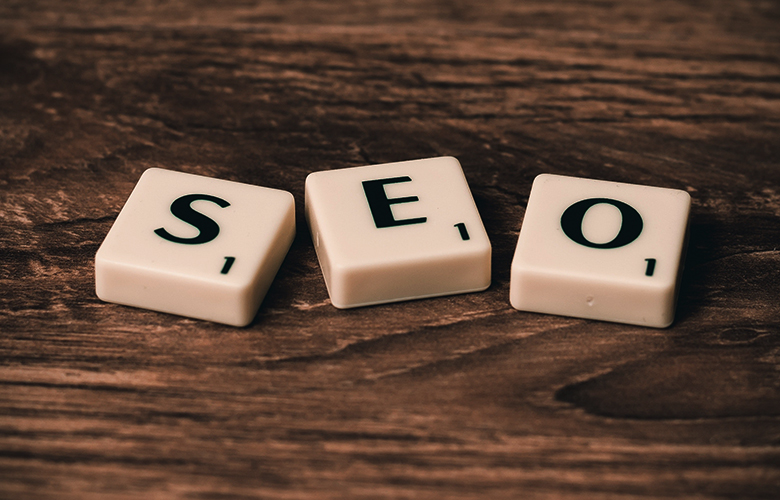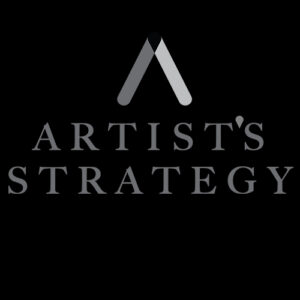
Give me an S! Give me an E! Give me an O! What does it spell? SEO! You may be thinking, “a post about Search Engine Optimization? No thanks. I’m a creative, how does this apply to me and my art?”
There are several reasons you shouldn’t dismiss SEO as some high-techy-weird-hohum-tedious practice reserved for data analysts.
At the bare minimum, you want to make sure searchers can find your site when they’re looking for you. Simply put, if someone types your name into Google, you want to ensure your site is at the top of that list especially when your name is your product and that product’s name is more than likely shared widely around the world.
On a deeper level, if you provide specific services or goods (from pet portraiture to a great Trump impersonation) 62% of consumers use search engines to research new businesses as they look for products and services! This means that if you want your business to be part of a user’s online research process, it needs to show up in search results for keywords related to the products or services you offer.
Some of you will use your site to showcase specific content (i.e. blog posts, short films, true crime podcasts). This portfolio of content needs to be ever growing for many reasons, and one of them is SEO. Google pairs users with the highest quality and most relevant content to ensure they find what they are looking for. In other words, prioritizing SEO will propel you to constantly create content in order to stay relevant in search engines.
How so? Utilizing SEO means utilizing an inbound marketing strategy. This means that you will draw customers to your services by giving them what they need during different stages of their “buying” journey, whereas “interruption marketing” is when a company attempts to find consumers through promotions and advertising (think of paid ads on social media or telemarketers). When you take the time to really make your website “search engine friendly”, you will be forced to put yourself in your target audience’s headspace: you will quite literally need to speak their language and create the type of content they love so the people you want to know about you organically “stumble upon” your site while browsing the web. Customers finding you naturally is incredibly powerful, more so than paid marketing and advertising (which also has its benefits).
So if I am looking for someone to create something specific for me, and I type “sensual plant art” into Google, and that happens to be exactly what you do, SEO ensures that the customer finds you. Or if I search the title of a successful short film from Sundance because I want to watch it again, and your website is one of the first results because you appeared in it, SEO can bring organic traffic to your site and therefore potential clients and collaborators.
Now that we understand SEO’s importance, we’ll be breaking down the how very soon!
Calling all Visionaries and Innovators
An Artistic Career: The Ultimate Paradox


Artist's Strategy offers artists the opportunity to strategize and create tactical next steps towards a successful, fulfilling career. Based on tested business principles, Artist's Strategy helps you design a tangible path towards a sustainable future. Incorporating and using the basic tenets of a healthy business, we will help you set a one, three or five-year-plan that will work for you and keep you on track to seeing real results. With Artist's Strategy, you will work alongside founder Joshua Morgan to identify the strengths and opportunities of your business and learn more about how to stabilize and grow. How long and how frequently you work with Artist's Strategy depends on your individual needs and resources. Contact us to discuss a plan that could work for you.
Read Full Profile© 2021 TheatreArtLife. All rights reserved.

Thank you so much for reading, but you have now reached your free article limit for this month.
Our contributors are currently writing more articles for you to enjoy.
To keep reading, all you have to do is become a subscriber and then you can read unlimited articles anytime.
Your investment will help us continue to ignite connections across the globe in live entertainment and build this community for industry professionals.